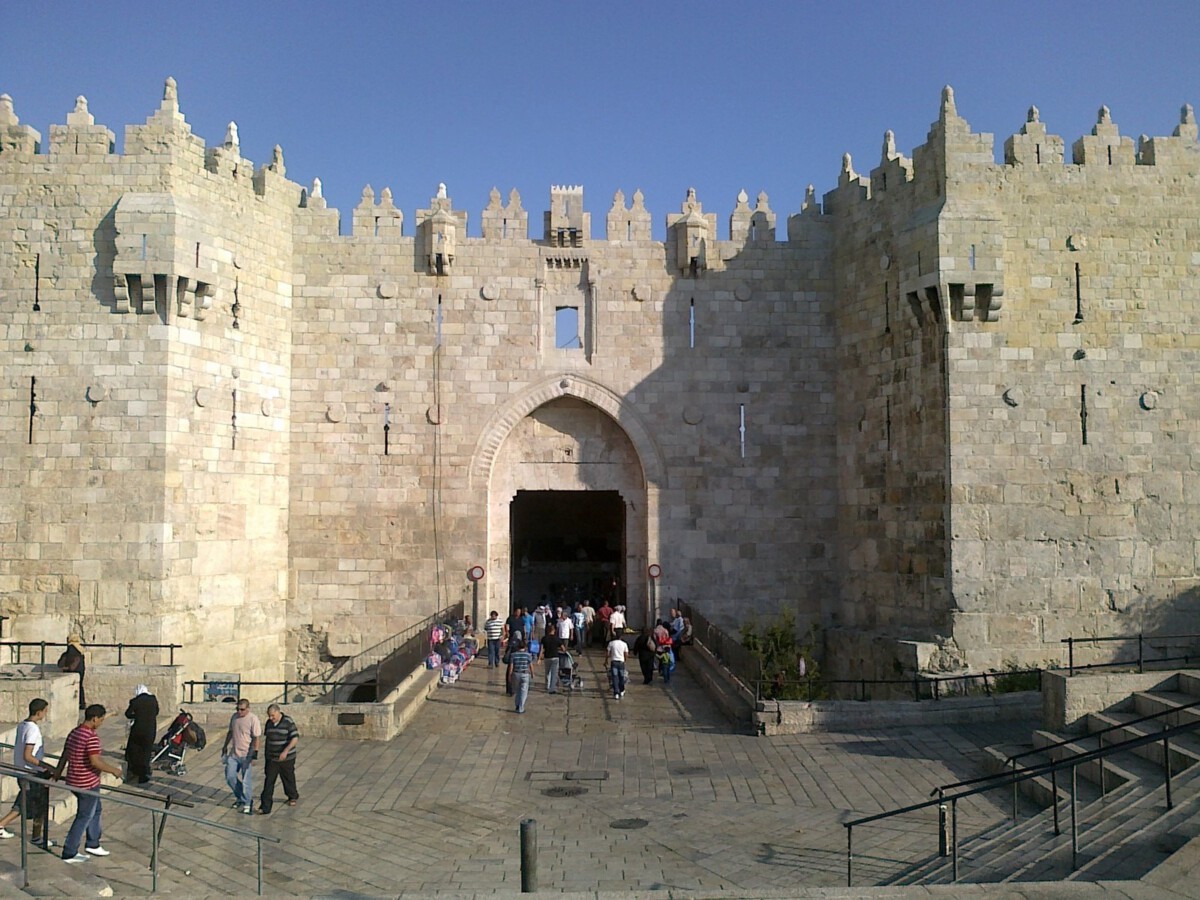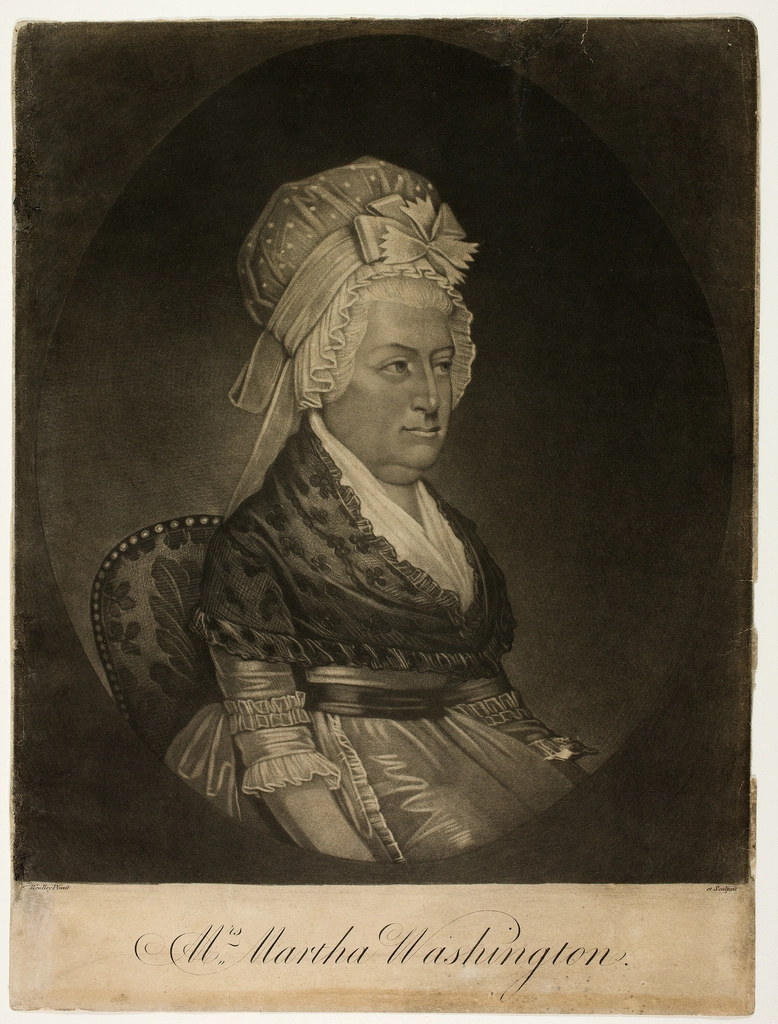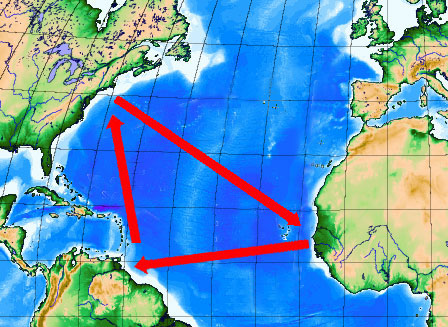Picture this: You step off the plane, suitcase in hand, heart thumping with excitement. You inhale the unfamiliar air, scan the horizon, and suddenly feel a chill—not from the weather, but from the stares. Not every country in 2025 is rolling out the welcome mat for travelers. Some places, for reasons both heartbreaking and fascinating, are tightening borders and looking at outsiders with a cautious eye. If you’re the kind of wanderer who craves a challenge and a story worth telling, these are the eight nations where your presence might raise more eyebrows than glasses.
North Korea The Locked Door
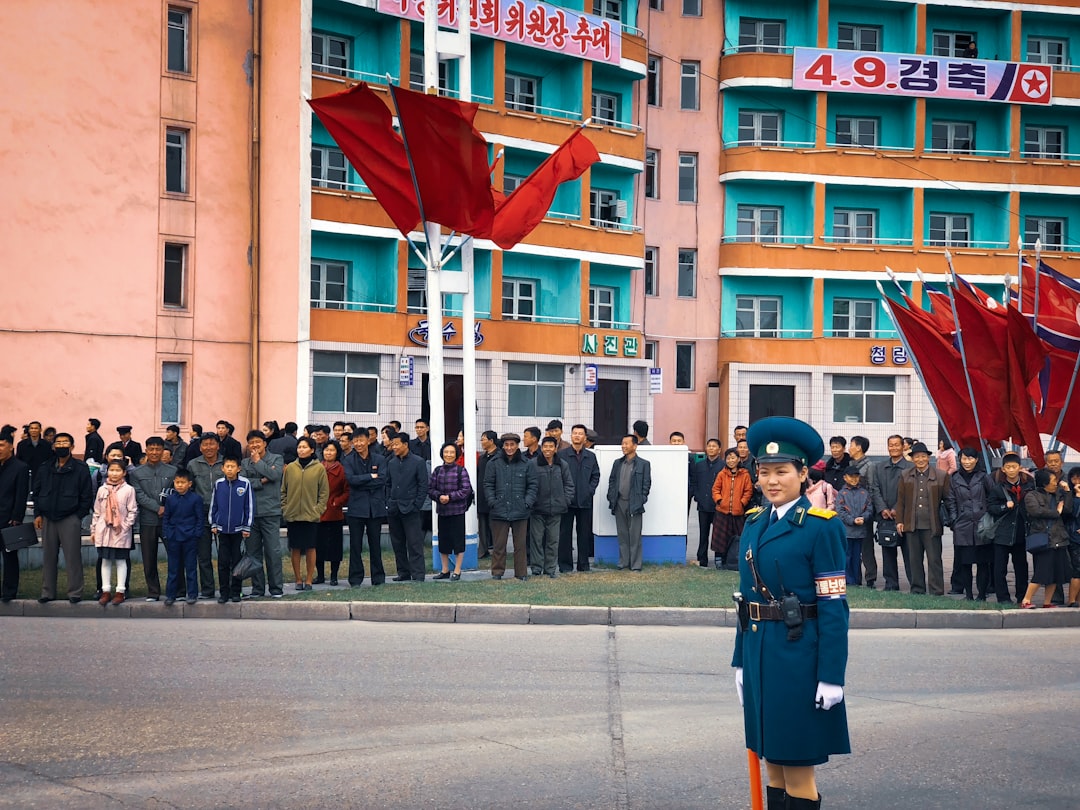
Landing in Pyongyang is like stepping onto another planet. The silence in the streets, the absence of advertising, and the rigid uniformity create an atmosphere that’s almost surreal. Tourists are shadowed by government-appointed guides, their every movement watched with hawk-like intensity. Locals rarely make eye contact, and snapping a photo in the wrong place can lead to a stern warning—or worse. It’s a place where curiosity collides with caution at every corner. Spring and autumn bring the softest air, but remember, spontaneity is not on the menu here. If you visit, blend in, follow the script, and leave your opinions at the border. That’s not just advice—it’s survival.
Afghanistan Shadows and Hospitality
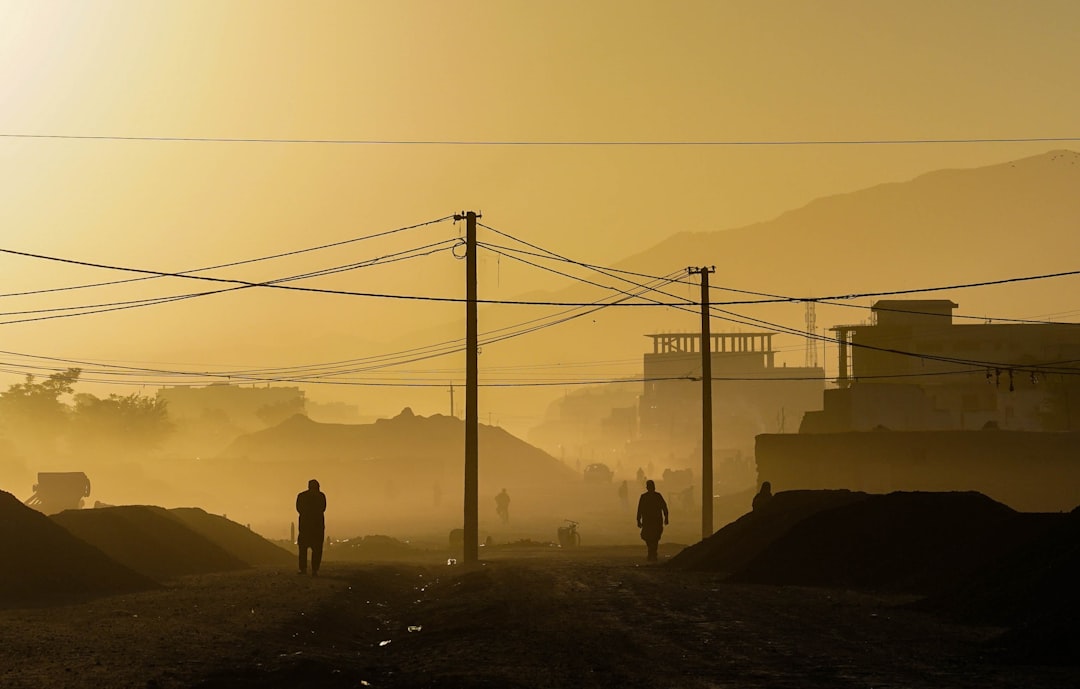
Afghanistan’s rugged mountains and ancient bazaars whisper stories of adventure. But behind the postcard scenes, there’s palpable tension. Soldiers outnumber tourists, and checkpoints interrupt the rhythm of daily life. Despite this, Afghan hospitality is legendary—tea offered with a shy smile, bread broken and shared. It’s a paradox: warmth at the dinner table, anxiety outside the door. Late spring and early autumn paint the landscape in soft golds, but safety can never be guaranteed. Approach every encounter with humility. Ask questions, but listen harder. Sometimes, the best travel hack is simply to respect the silence in the room.
Syria Still Echoes of Glory
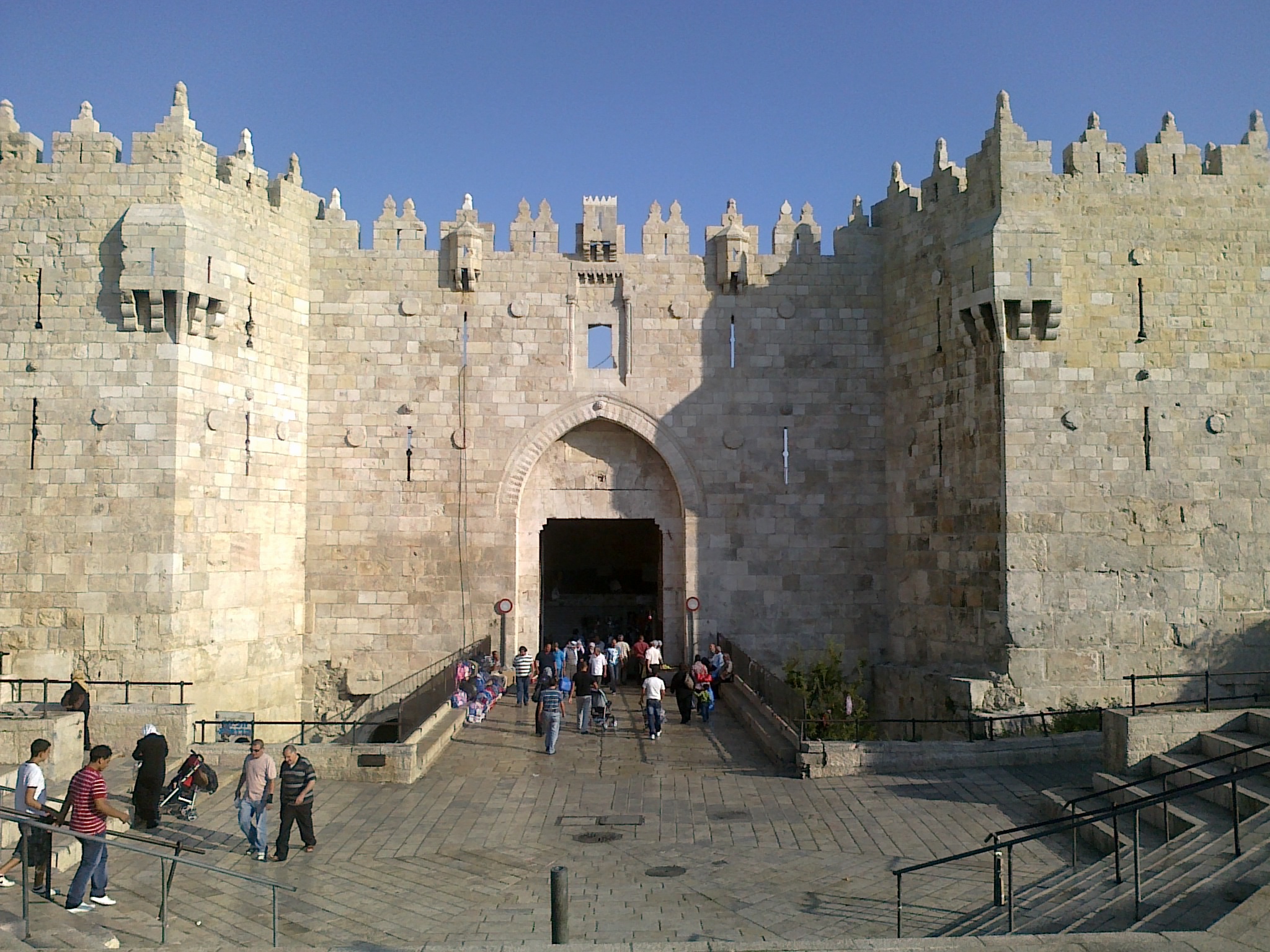
Walking through the old city of Damascus, you can almost hear the echoes of ancient traders and poets. But scars of conflict are everywhere: bullet holes in stone walls, ruins where bustling markets once thrived. Tourists are rare, sometimes treated as curiosities, sometimes with suspicion. The warmth of Syrians is undiminished, but the shadow of war lingers. Visit in late spring or early autumn if you must, but check the news obsessively. The risk is real, and the reality is sobering. Still, for those who come, the taste of cardamom coffee and the sight of golden minarets leave an imprint that’s hard to shake.
Venezuela Beauty Behind Barriers
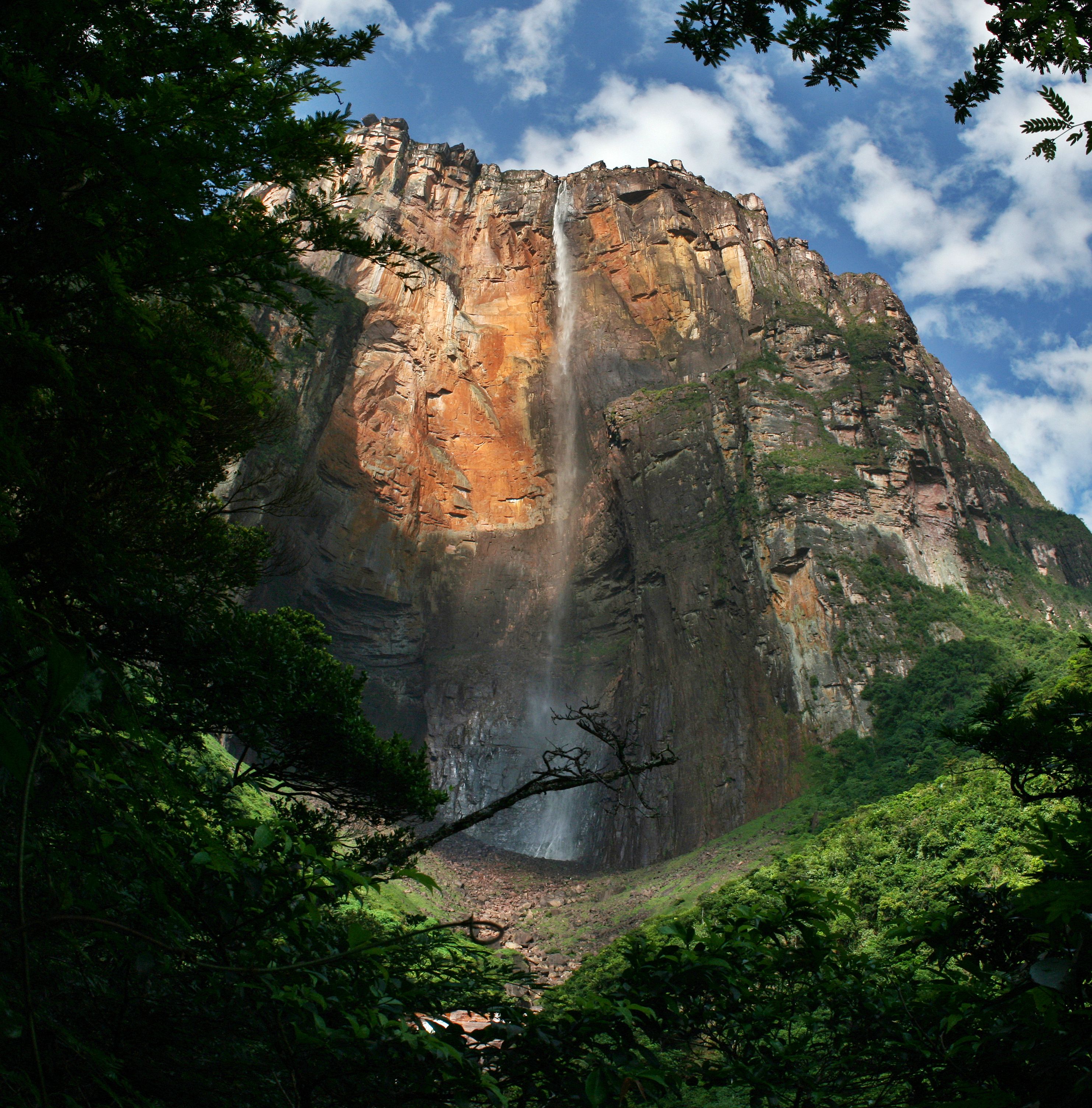
Stand at the edge of Angel Falls, mist on your face, jungle noises all around. It’s pure magic. Yet beyond these wonders, Venezuela’s crisis is impossible to ignore: empty store shelves, frequent blackouts, and a tension that hums beneath every interaction. Tourists often draw attention—sometimes friendly, sometimes desperate. The dry season from December to April is best, but even then, travel in groups and keep your plans flexible. Money is unreliable; bring cash, and expect surprises. Despite it all, locals may share a laugh or a dance, reminding you that joy can survive even in hard times.
Iran Contrasts and Caution
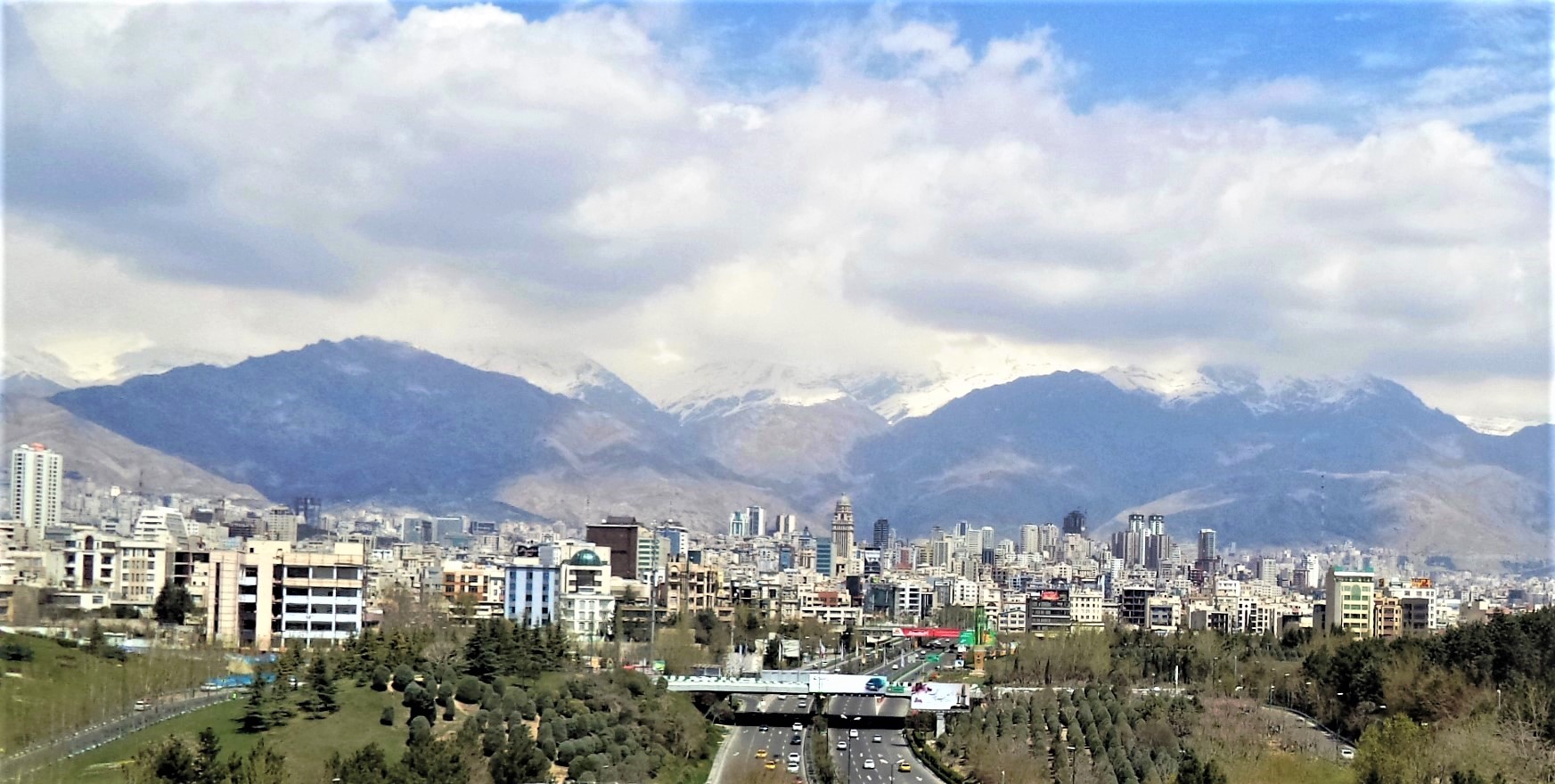
Tehran’s skyline shimmers at sunset, and the poetry of Shiraz lingers in the air. Iran’s ancient sites are breathtaking, and many travelers find the people warm and curious. But there’s an invisible line you mustn’t cross. Strict dress codes, gender rules, and government scrutiny mean you’re always aware of your outsider status. March to May and September to November offer the mildest weather and the friendliest faces, but always check what’s expected of you. Learn a few Farsi phrases, cover your head if required, and be careful with your camera. The beauty here is undeniable, but so is the need for respect.
Belarus The Quiet Borderland
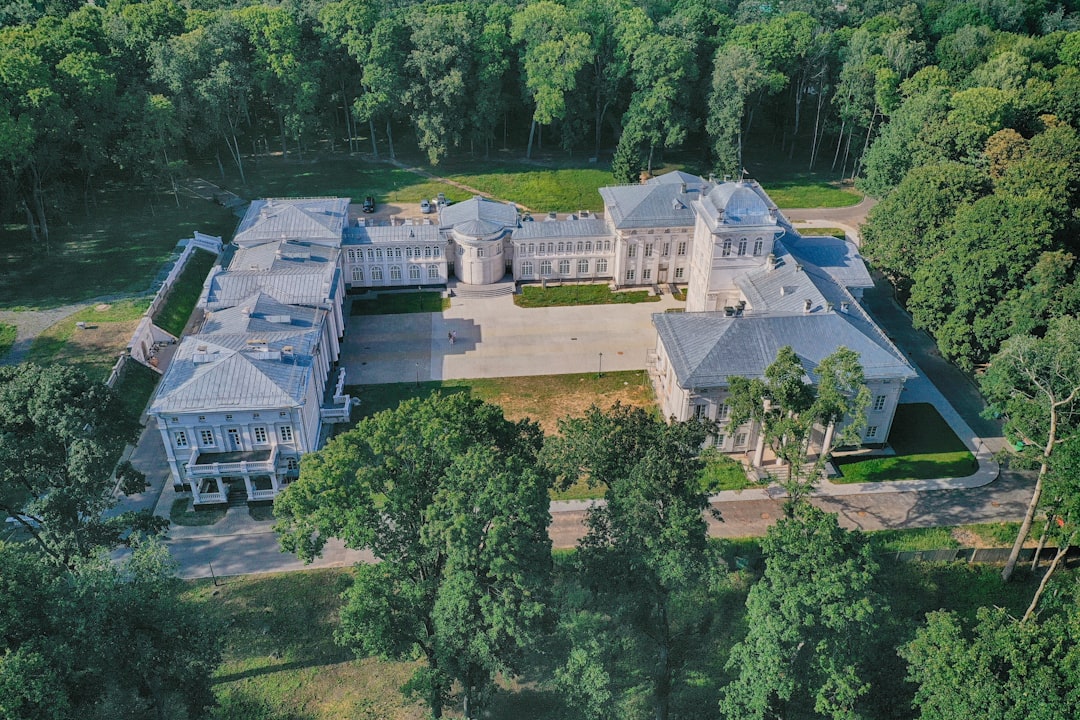
The forests of Belarus are lush, the castles haunting, and the city squares filled with old-world charm. Yet, there’s a sense of distance, both literal and emotional. Government controls are tight, and expressions of dissent are not tolerated. Tourists, especially from the West, may be met with polite formality rather than open arms. Arrive in late spring or early autumn for the best weather, and approach conversations with sensitivity. If you’re curious about local life, visit small towns and listen more than you speak. Sometimes, the best discoveries are made in whispers, not shouts.
Myanmar Uncertainty and Tradition
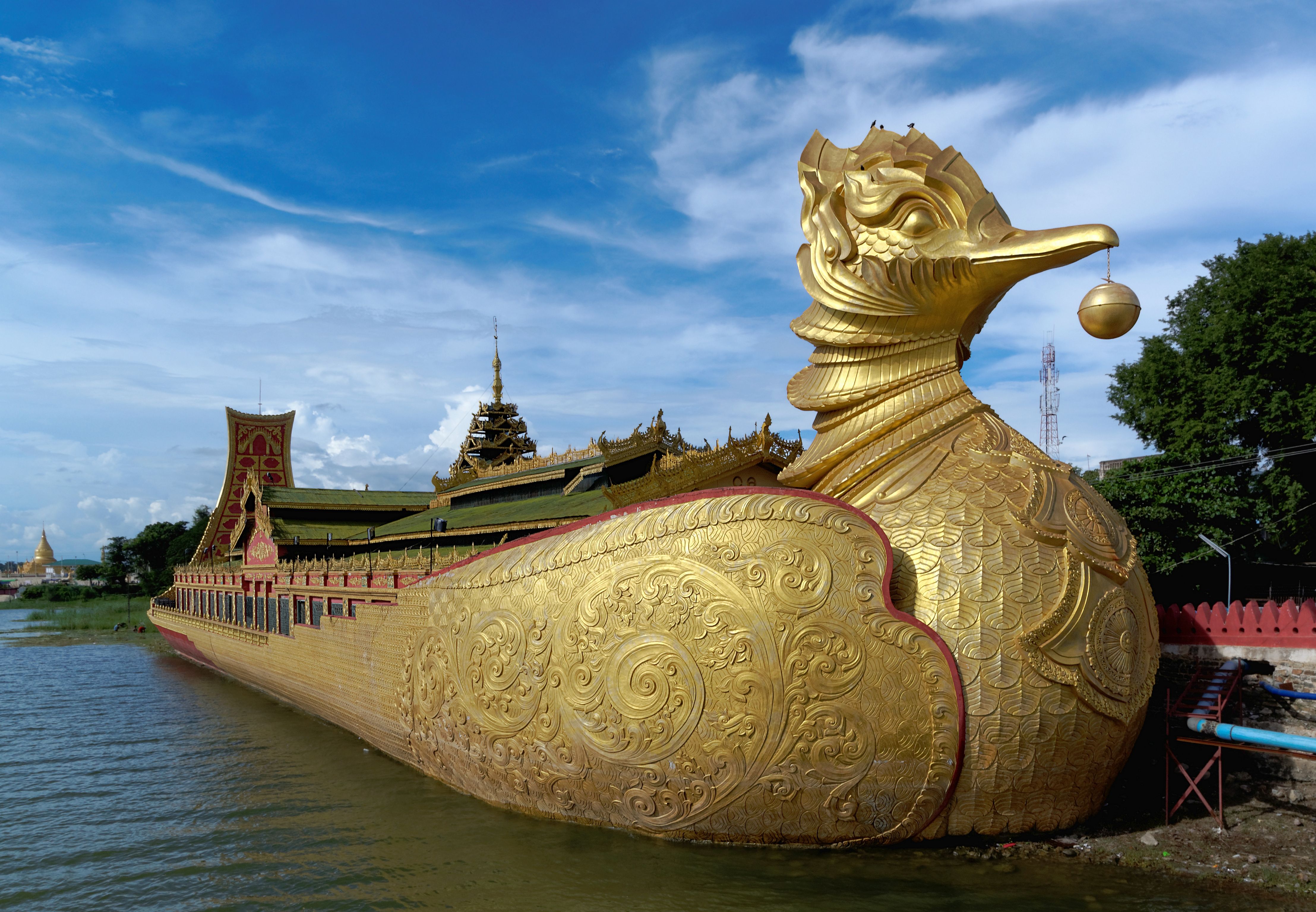
Golden pagodas shimmer in the morning light, and the scent of jasmine fills the air. But since the 2021 coup, Myanmar has become a land of uncertainty. Roadblocks, sudden protests, and a tense military presence make visitors think twice. Locals are cautious, often avoiding conversations with foreigners out of fear. November to February is cooler and drier, but politics can change overnight. Support small, family-run businesses if you go, and avoid sensitive topics. The country’s beauty endures, but so do its challenges.
Russia Suspicion and Splendor
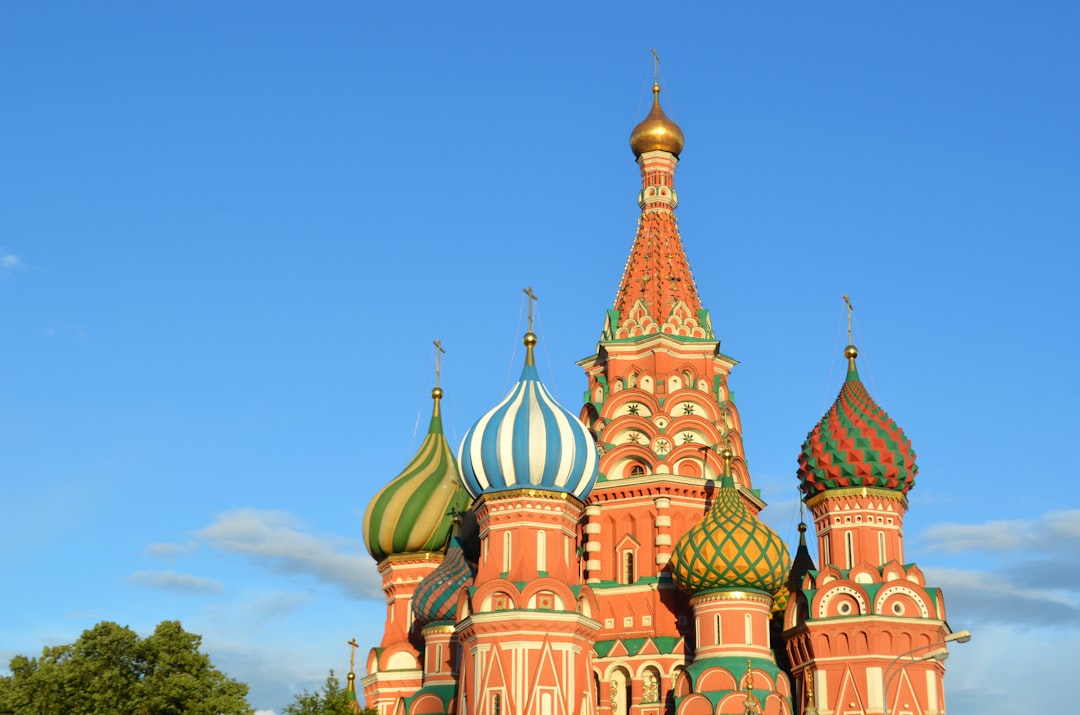
Moscow’s Red Square dazzles, and St Petersburg’s canals charm even the most jaded traveler. Yet, recent years have brought a chill to Russia’s relationship with outsiders. Geopolitical tensions have led to new visa restrictions and a rise in suspicion toward foreign visitors. You might feel the gaze of security officers, or notice that casual conversations turn guarded. Late spring and early autumn are perfect for exploring, but brush up on local customs—and the Cyrillic alphabet. Even a few Russian words can open doors, or at least soften the barrier between guest and host.
**End**

